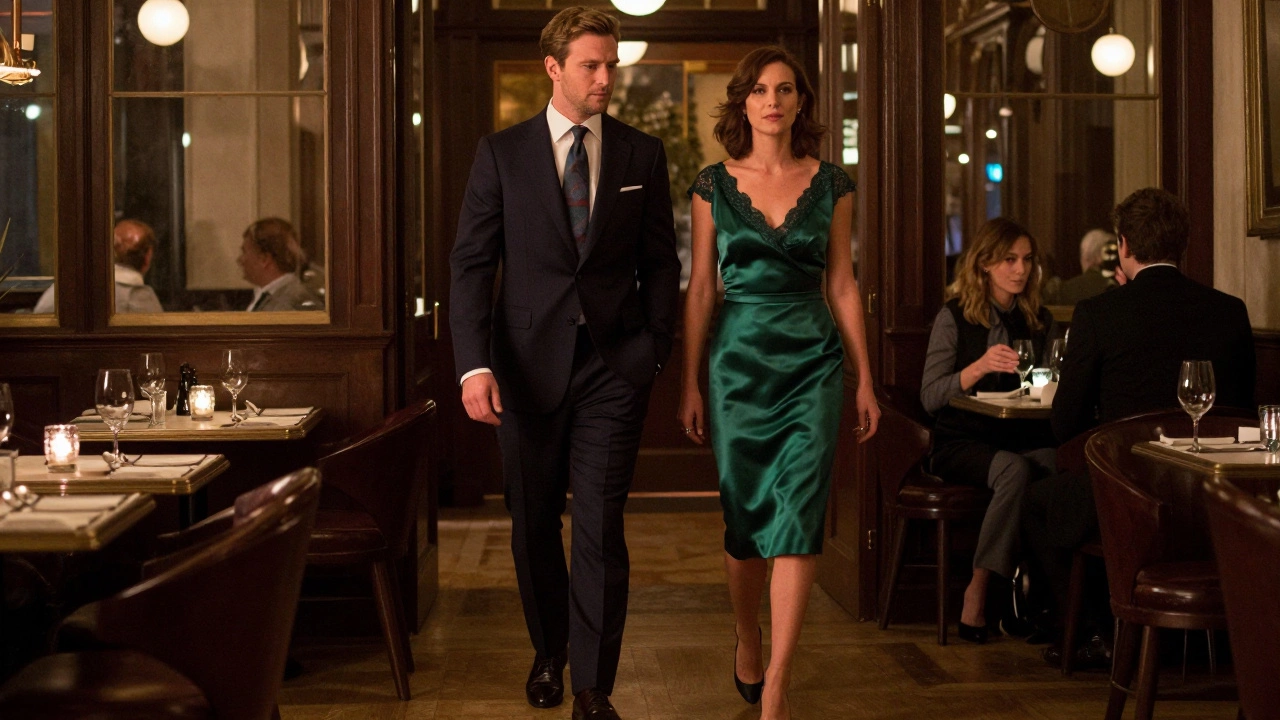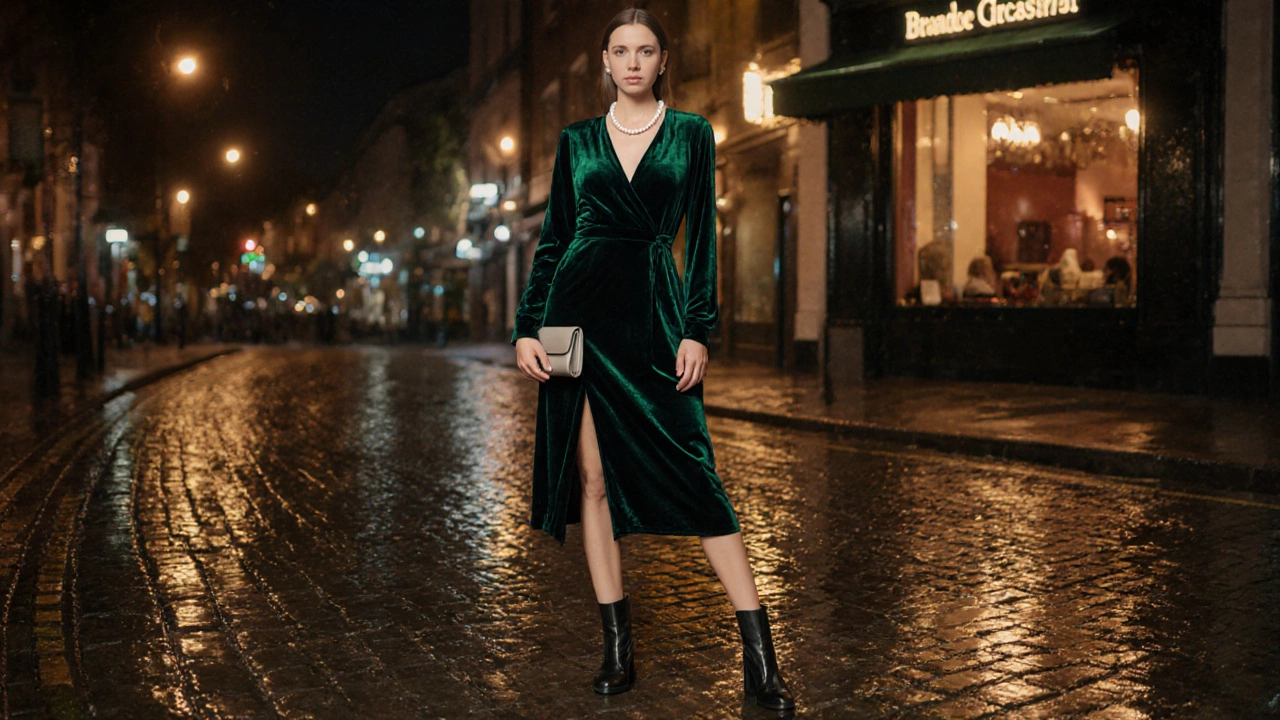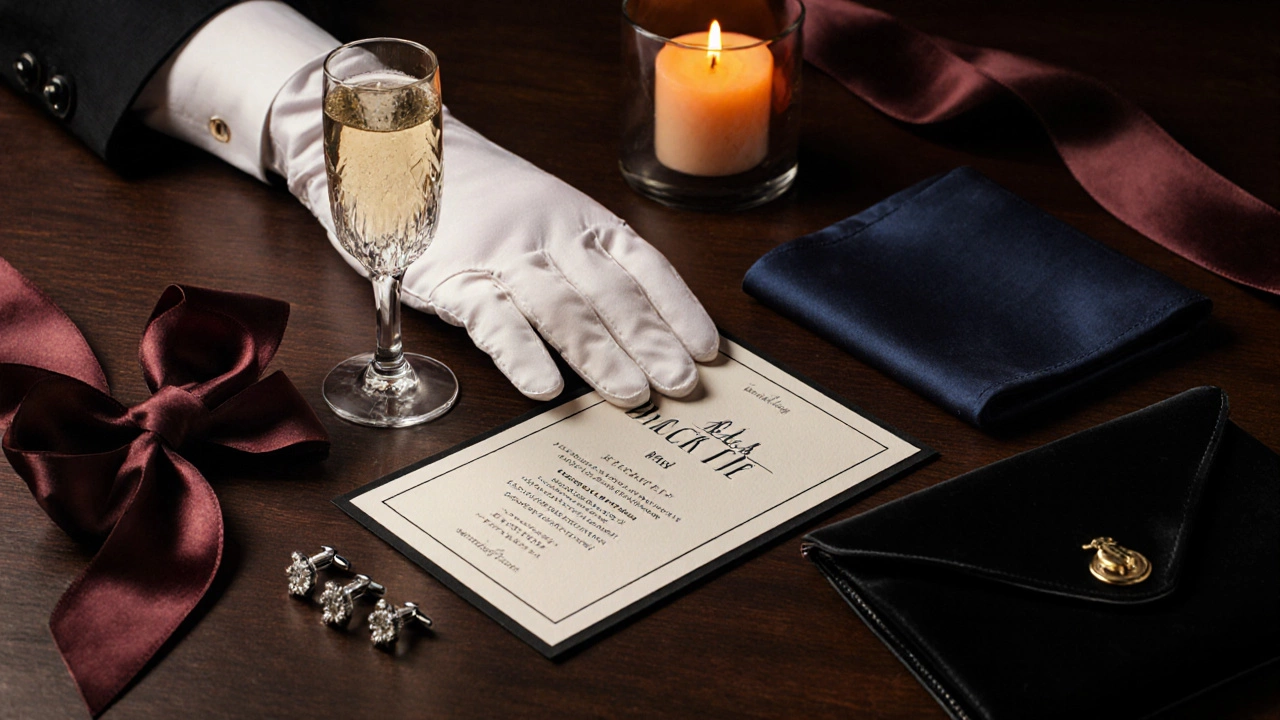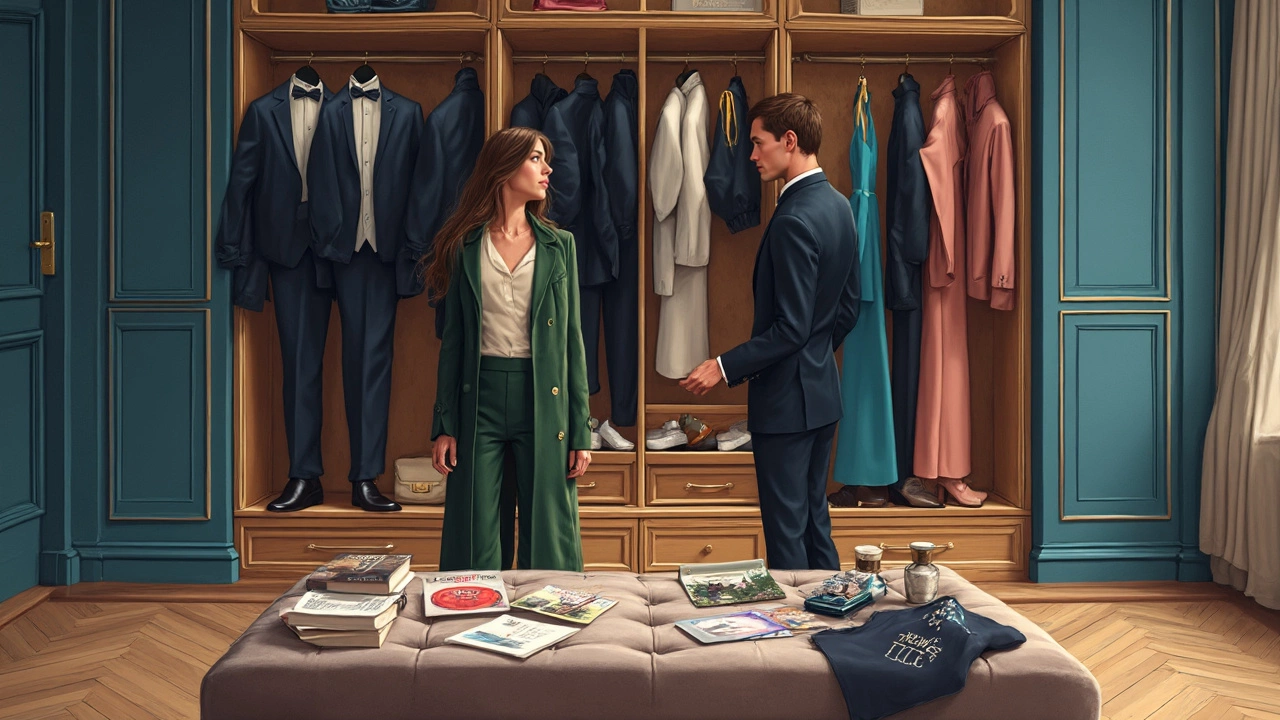Evening Dress Code – What You Need to Know
When it comes to a night out that calls for a evening dress code, knowing the rules can save you from a fashion faux pas. Evening Dress Code, the set of guidelines that dictate what to wear for formal evening events. Also known as formal evening dress code, it helps guests match the venue’s vibe while staying respectful of tradition. Evening Wear, clothing designed for night‑time social gatherings is the broader category that includes gowns, cocktail dresses, and sleek suits. Understanding Dress Code Etiquette, the social conventions that guide how dress codes are interpreted and followed is essential because the same rule can look different at a black‑tie gala versus a rooftop cocktail party.
The first semantic link is clear: Evening Dress Code encompasses appropriate dress length. A floor‑sweeping gown, a tea‑length cocktail dress, or a polished tuxedo each fits a specific dress‑code tier. For a black‑tie event, the rule usually demands a full‑length evening gown for women and a tuxedo for men. A semi‑formal or cocktail setting relaxes the length requirement, allowing knee‑to‑mid‑calf dresses. The second link says Evening Dress Code requires knowledge of formal dress etiquette, meaning you should consider when to wear accessories like gloves or a statement necklace. The third connection highlights that Evening Wear Trends influence Evening Dress Code choices; 2025 sees a surge in sustainable fabrics, jewel‑tone palettes, and structured silhouettes, so the code now often includes eco‑friendly options. Finally, Dress code etiquette influences how you select shoes and accessories, because the right pair of heels or polished Oxfords completes the look without breaking the dress‑code contract.
Let’s break down the most common elements you’ll face. Dress length is the cornerstone: floor, mid‑calf, knee‑length, or even a sleek jumpsuit can qualify if the invitation specifies “cocktail” or “semi‑formal.” Fabrics matter too—silk, satin, and velvet remain staples for black‑tie, while chiffon and crepe work well for less formal evenings. Colours have shifted; while classic black and navy are safe bets, deep emerald, burgundy, and midnight blue are trending and still respect the code. Accessories should complement, not overpower: a clutch, subtle jewellery, and a tailored wrap or shawl add polish without stealing the spotlight. Shoes must be closed‑toed for most formal indoor venues, but an open‑toe sandal can slip in for a beachside soirée if the dress code is “dressy casual.” All these choices tie back to the central idea that your outfit must fit the event’s formality level while expressing personal style.
Now you know how the evening dress code connects to dress length, fabric choices, colour trends, and etiquette. Below you’ll find a curated collection of articles that dive deeper into each of these aspects—whether you need tips on picking the perfect dress length, want to decode the latest evening wear trends, or are searching for expert advice on accessories that keep you within the dress‑code limits. Use these resources to build confidence and impress at any formal night ahead.
- Cleo Fairchild
- Dec, 1 2025
- 0 Comments
What Is the Evening Attire Dress Code? A Simple Guide to Dressing Right for Night Events
Evening attire doesn't mean tuxedos and gowns for every event. Learn what to wear for dinner parties, weddings, and night out events in 2025 with clear, no-nonsense guidance for men and women.
- Cleo Fairchild
- Nov, 5 2025
- 0 Comments
What Is the Dress Code for Evening Chic? A Practical Guide to Nighttime Elegance
Evening chic is modern elegance-think silk dresses, tailored jumpsuits, and minimalist accessories. Learn what to wear, what to avoid, and how to look polished without overdressing for any nighttime event.
- Cleo Fairchild
- Oct, 25 2025
- 0 Comments
Elegant Evening Dress Code Explained: What to Wear and When
Discover the true meaning of the elegant evening dress code, when to wear white tie, black tie, formal, or cocktail attire, and get step‑by‑step outfit tips.
- Cleo Fairchild
- May, 17 2025
- 0 Comments
Evening Dress Codes: What You Really Need to Know
Have you ever stared at an event invite and wondered what on earth to wear? Dress codes like black tie, cocktail, and semi-formal can be confusing if you’re not sure what they really mean. This guide breaks down the most common evening dress codes, so you’ll never feel out of place at any event again. From helpful outfit tips to smart fashion shortcuts, you’ll be ready for any occasion. No more guessing games or last-minute stress—just straightforward answers.



